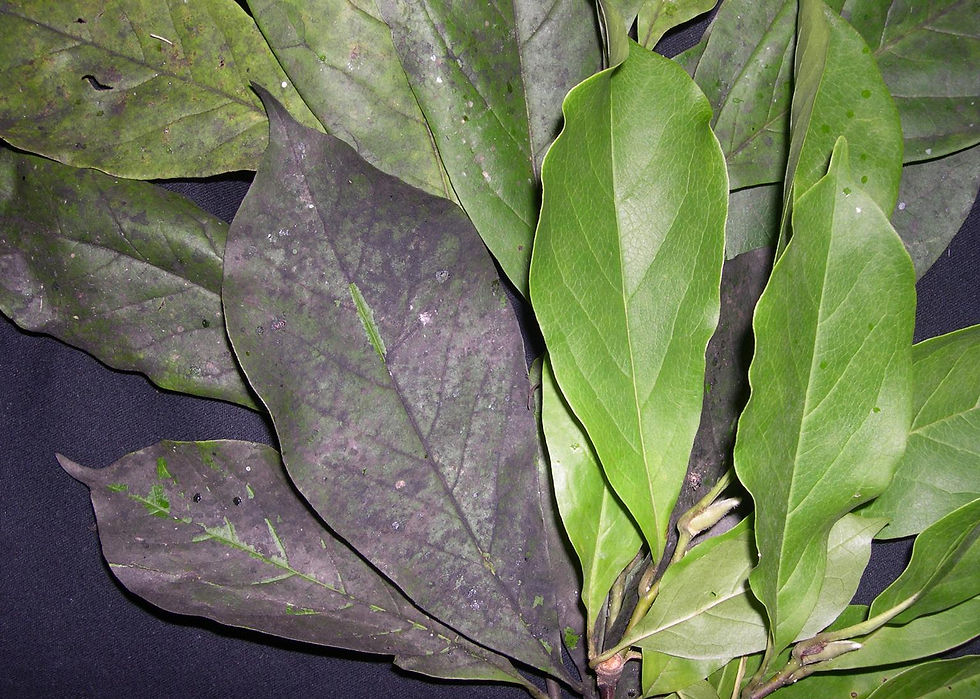Magnolia Scale Crawlers Are About to Hatch
- Austin Cowen
- Aug 4
- 2 min read
What You Need to Know and Why Now Is the Time to Act
We’re nearing a critical point in the life cycle of one of the most destructive soft scale insects in our area: Magnolia Scale. Based on current Growing Degree Day (GDD) accumulation — around 1881 GDD (base 50°F) in Northwest Indiana — the egg hatch is imminent, and that means the crawler stage is just around the corner.
This short window is when treatments are most effective, and missing it can mean another full year of damage to your magnolias.

What Is Magnolia Scale?
Magnolia Scale (Neolecanium cornuparvum) is one of the largest soft scale insects in North America. Adult females appear as shiny, pink-orange or tan lumps clustered along branches—often mistaken for fungal growths or bark deformities.
They feed by inserting needle-like mouthparts into the bark and drawing out sap. This feeding:
Weakens branches
Reduces flower and leaf production
Creates a sticky waste product (honeydew) that coats the tree
Encourages sooty mold, a black fungus that blocks sunlight and can attract ants
Why Timing Matters: The Crawler Stage
Magnolia Scale has just one generation per year, and the crawler stage, which begins soon after egg hatch, is the only time the insect is unprotected and mobile—making it the best time to treat.
Here’s the timeline:

Now (1881 GDD): Eggs are just about to hatch
Soon (1938-2800): Crawlers begin moving along bark and stems
Late Summer: Crawlers settle and begin forming waxy protective coatings
Once they’ve settled, contact insecticides are much less effective, and systemic treatments may take longer to have impact. Early action allows us to suppress populations before they can overwinter and reproduce again next year.
Signs You May Have Magnolia Scale

Shiny, waxy bumps along branches (up to ½ inch wide)
Sticky residue (honeydew) on leaves, patios, or parked cars
Black sooty mold covering leaves or bark
Fewer blooms, smaller leaves, or dieback in branch tips
Ant activity crawling along branches
If you’ve noticed any of these symptoms on your Saucer Magnolia, Star Magnolia, or hybrids, your tree could be under attack.
What You Can Do Now

Schedule a professional inspection — Catching the crawler stage is critical.
Targeted treatment — We use industry-standard applications with timing based on GDD tracking.
Plan follow-up care — Severe infestations may need reapplication or pruning to remove heavily infested limbs.
Soil care — Supporting overall tree health improves resilience and recovery.
Don’t Let Magnolia Scale Take Over
Left unchecked, Magnolia Scale can weaken a tree year after year, eventually leading to dieback or full canopy decline. But with timely, professional care, infestations can be brought under control. Click the button below to schedule an assessment.










Comments